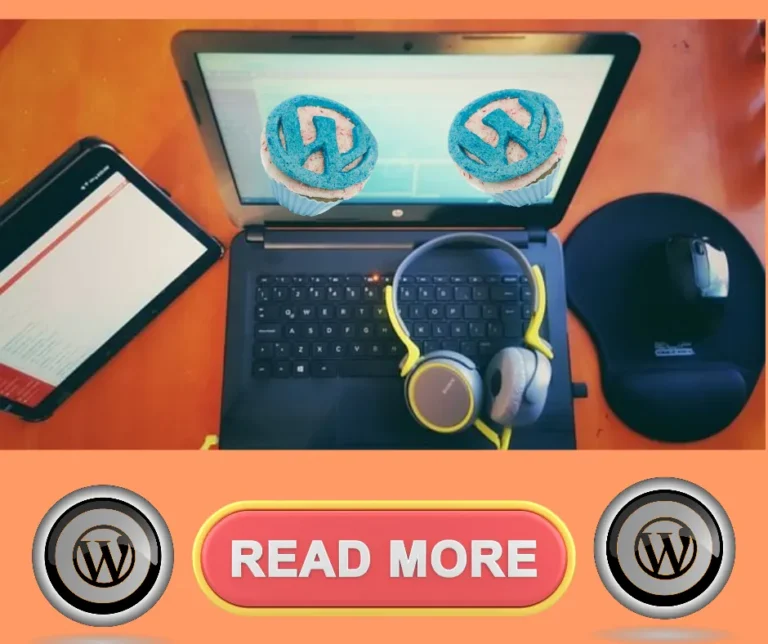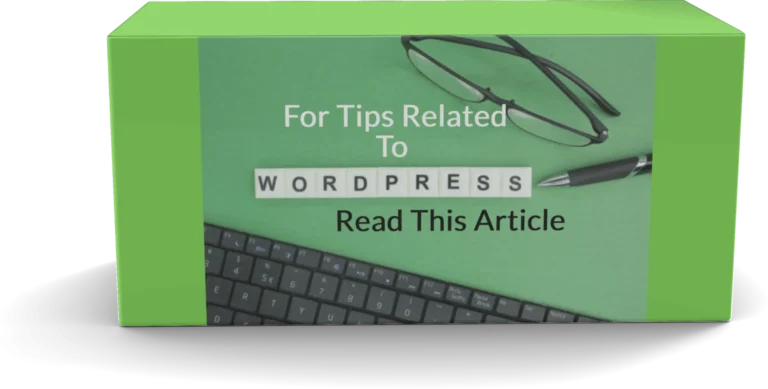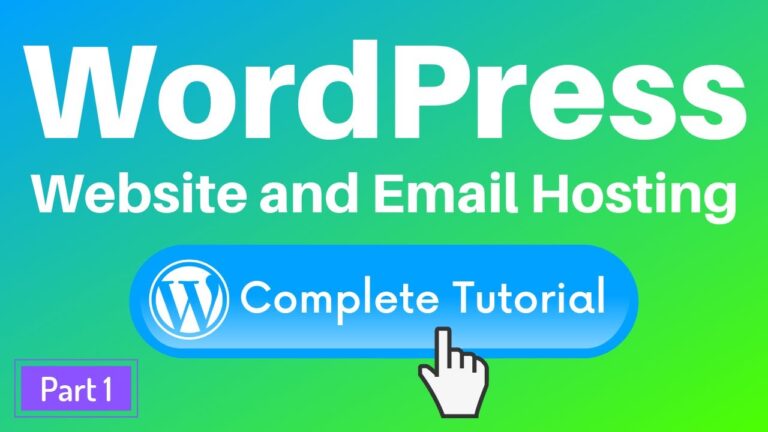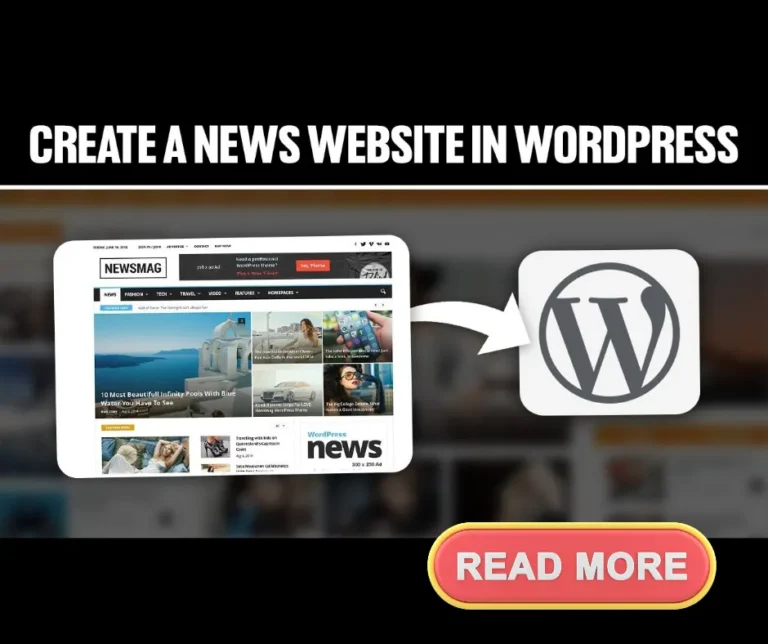A Beginner’s Guide to the Essentials of WordPress
Most bloggers have at least heard of WordPress. For some, however, this amazing tool continues to go overlooked. The following article contains a Beginner’s Guide to the Essentials of WordPress with important information about the workings and how to effectively use WordPress.
If you plan to use WordPress for your site, you should only do so if you plan to have a responsive design this is especially good for pages designed for local business. People access websites from all types of devices, and you want to make sure that any person who wants to view your site will be able to without any issues.
Be sure to add an author biography to each blog post on boards where many bloggers are posting. In this way, each blogger gets proper credit and it is easier for readers to know who posted what at a glance. Furthermore, readers will tend to stay on your page if they can get all the information they need in one place.
Keep your permalinks clean and understandable. That means you should look at the permalink box every time you put up a new post. Does the title in the URL make sense? Does it help from an SEO standpoint? If not, click on it and alter it until it is perfect.
Enable different types of avatars on your website. This will make your site very fun and friendly for the users who visit it. Also, it will allow you to get across your personality in a better way. To find this component, visit the discussion area on your dashboard under settings.
Make sure to spend some time learning before even installing WordPress.
The more planning you do ahead of time, the better off you will be when you begin. Research SEO, WordPress and content generation before starting to develop your site.
Do you get many comments on your posts?
If you do, scanning through every comment can be hard on you and on your other readers. You can install a plugin that does this for you. That way, navigation will be simpler, and your site is sure to be well organized.
Get to know your Wordpress WYSIWYG editor.
When you write a new post, you’ll see a small bar that goes across the text input area. This is your WYSIWYG editor – meaning whatever you push will happen to whatever text you have highlighted. If you choose bold in the editor, the text you have chosen will become bold. It’s similar to using Microsoft Word.
Constantly work on improving your permalinks.
As WordPress becomes more popular, your traffic may decline. Change the URLs of your WordPress articles and incorporate higher quality keywords. You can minimize the amount of keywords as long as their value increases. This can be a nice boost to the traffic you see.
Your username should never be “admin” or anything similar.
Words like “admin” or “administrator” often attract malicious bots who are seeking security breaches. This creates an unnecessary security risk. Delete usernames that appear with “administrator” or “admin” on your user pages. Choose another username altogether.
Do not forget about Facebook.
Visitors to your site should be able to leave comments or register with your site through their Facebook account. There are plugins that will help you getting things rolling on your page, and they are easy to download and use. Since so many people are on Facebook, it is important to ensure that your page incorporates the social media site in some way.
Take the time to log out of your site every once in a while.
Go back and look at it as a visitor. Doing so could allow you to see something that you are missing when you are logged in as an administrator. This step will not take very long, but it should set your mind at ease that everything is functioning the way that it should be.
Be sure to use a robust spam plug-in to filter out spam and bad content.
People with ill-intentions are always looking for ways to spam a blog for link building purposes. This kind of spam will create a bad impression on your blog because your legitimate readers will think that your blog has security issues.
If you want to post on off-days,
schedule them a few days before via WordPress. You can set it up so that they will be posted at very specific times. Find the Publish option from your Edit screen. Beneath that, look for “Publish Immediately.” Put your times in with military format, particularly the years, months and days. Choose “O.K.”. Read through your “Schedule For” screen, then select “Schedule” if everything is right.
Does your Wordpress dashboard look like a cluttered mess?
Want to clean it up? Use the Screen Options link on that page to choose which boxes you want to appear and remove those which aren’t helpful to you. This will ensure that your dashboard experience is streamlined in the future.
When you upload images into the media gallery,
try to keep the image file sizes down. Large image files take much longer to upload. When you use an image like that in your website, it will delay the load time of your page. This may discourage your visitors to stay and browse.
Back up your content on your WordPress blog.
Sure WordPress is a very well-known and stable platform, but things still do go wrong from time to time. You don’t want to be caught without a content backup if somethings gone the wrong way. You can simply copy and paste your articles into Evernote or another notes platform.
Your first WordPress plugin install should be Jetpack.
The plugin extends the usability of WordPress in a lot of important ways. For instance, it gives you some basic analytics on the main page of the dashboard. It also increases your social media options for your website and adds in contact form options.
WordPress has been around for a while.
However, WordPress’ true potential has yet to be experienced by many of its users. You will be sure to be one of those lucky people who finds success with this great tool by using the solid advice in the article above.
[video_stack_pro id=”11″]







